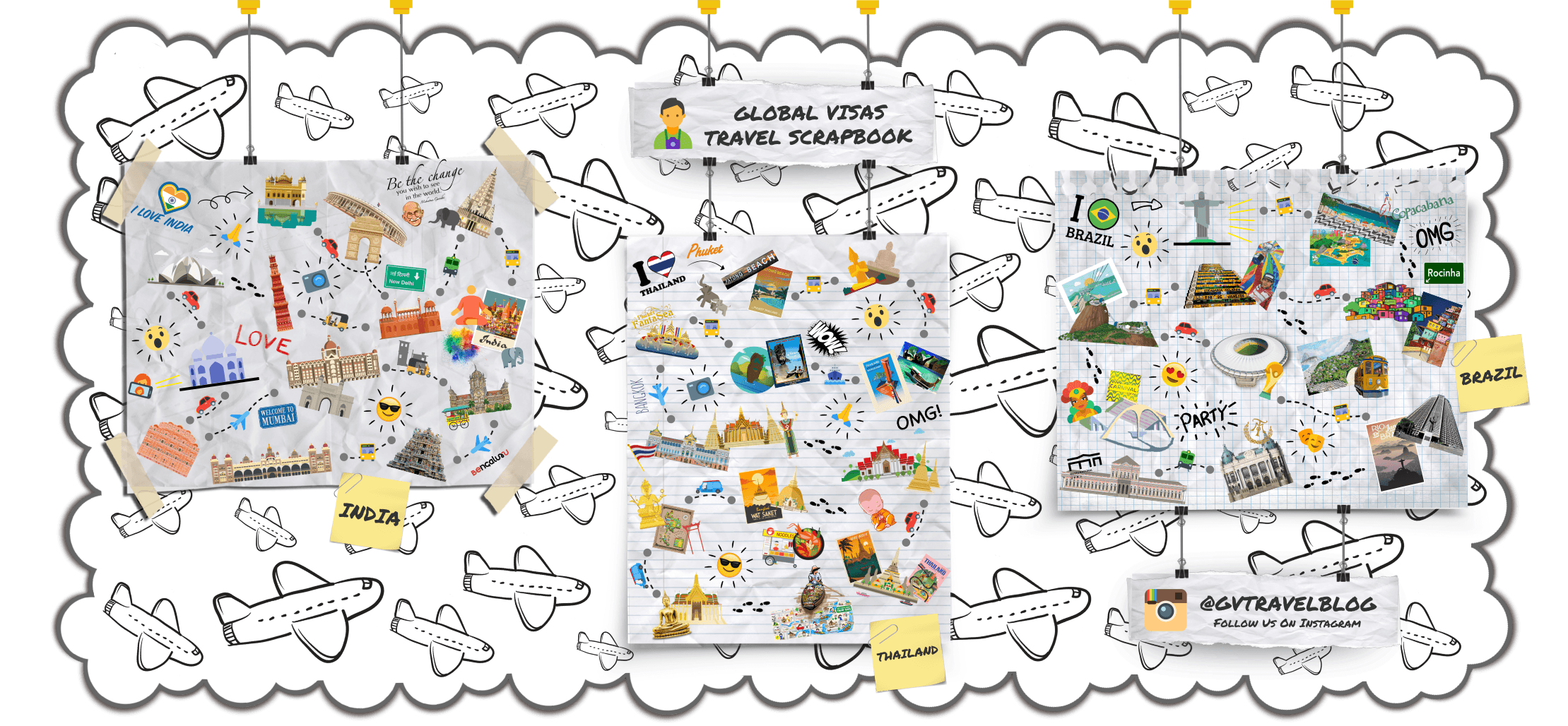BY PLANE:
Roberts International Airport (ROB IATA) (often called Roberts International Airport or RIA) is located some 60 km from the city center of Monrovia at Robertsfield.
Ethiopia Airlines has flights from Addis Ababa. Royal Air Maroc from Casablanca and Freetown. Brussels Airlines from Brussels and Freetown KLM from Amsterdam and Freetown. Kenyan airways from Nairobi and Accra. Air Cote d Ivoire from Abidjan. Arik Air from Freetown and Lagos.
The trip from the airport to the city was once infamous. Today, the situation has improved significantly with the restoration of peace and order. The road is now fully protected by UNMIL and safe.
BY HELICOPTER:
By far the best way to travel, but helicopter flights are restricted to UN personnel. Poor weather in the rainy season often forces helicopters to return especially from Voinjama.
BY TRAIN:
There is no real train service. One track, which had belonged to a mine, has been opened for tourists. It travels to the Bong mines, a massive, defunct ore-mining and processing plant once German-run.
BY CAR:
The roads linking Roberts Airport to Monrovia and from Monrovia to the Sierra Leone border at Bo (Waterside) are paved and in excellent condition as of February 2010. Road conditions in some other areas are poor, so a 4×4 may be necessary for travel. During the rainy season, travel times are increased dramatically. Traffic through Monrovia can be slow, due to numerous traffic bottlenecks and damaged sections of road. Gas is sold in US gallons, not litres. Most distances and speed limits are posted in miles per hour.
BY BUS:
There are no long distance buses for tourists. A few buses for public travel are usable for travel under the National Transit Authority (NTA) guidance with their main terminal in the Gardnerville suburb. An inter-city transportation is ongoing to cities like: Buchanan, Gbarnga, Tubmanburg, Kakata & Robertsport; with plans to extend to cities like Zwedru, Ganta, and Bopolu. Tourist coaches are arranged for chartered express. The NTA criss-crosses Monrovia by providing transportation to suburbs and the downtown area. Also private buses serve the suburbs and the central business district including: Lizard company & individual transportations. Be careful how you board buses and avoid rushing to get on-board because thieves, locally called “rogue”, take advantage to steal. Stand in the queue at bus stops & terminals. Buses are also overloaded with passengers, so bring a fan along or sit near a window.
BY TAXI:
The best way to get around Monrovia. Most Monrovia taxis on the streets will pick up several passengers en route, and are therefore often jam-packed. Ask people you trust if they know of a reliable taxi driver to contact, as getting robbed in a taxi is a possibility. If you are unable to find one, consider hiring a taxi to your destination for your own use exclusively.
Long distance shared taxis leave from “Douala Station” in a northern suburb of Monrovia for destinations around the country. They are typically older yellow Nissan station wagons that leave when 10 passengers have purchased tickets. Fares for shared taxis are reasonable. For example, the three hour journey from Monrovia to Robertsport costs L$350 as of February 2010.
Alternatively, a “charter” taxi can be arranged for individual travel at a much higher price.
BY BOAT:
You can board a boat from the St. Paul River to Robertport other destinations will be made available soon.









